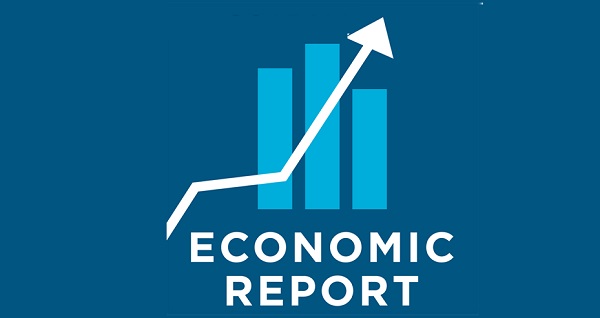
COMMENT: By Jim O’Neill
Six major indicators suggest the global economy is growing at the fastest rate in many years
Disconcerting political developments in the United States and the United Kingdom might lead one to conclude that an already challenged world economy will struggle even more in the near term. But as we continue into 2017, the cyclical evidence actually suggests otherwise.
Since my days as Chief Economist at Goldman Sachs, I have kept an eye on six indicators from around the world that, taken together, provide a reliable snapshot of what the global economy will look like for the next six months. Right now, all six indicators show more promise than they have for some time, and only one of them has fallen slightly from a recent high.
The first indicator is weekly unemployment claims in the U.S, from which one can gauge the overall strength of the U.S economy. Economists are rightly trained to treat unemployment as a lagging indicator, but these data can also be useful in forecasting the near future. U.S jobless claims are always up to date, because they are produced weekly, and statistical evidence suggests that they are a leading indicator for US equity prices. As of the first week of February, jobless claims remained rather low, as they have for some time, which bodes well for U.S stock markets.
Similarly, the Institute for Supply Management Manufacturing Index provides a pretty good preview of the U.S economy for the next 3-6 months, even though manufacturing comprises a relatively small share of GDP. Like the latest jobless claims, the ISM’s numbers are currently giving cause for optimism.
A third indicator is a subcomponent of the same ISM survey: manufacturers’ new orders and inventories. Currently, new orders are increasing and inventories are low, which suggests that businesses will have to produce more in the coming months to satisfy those orders.
Looking beyond the U,S, a fourth indicator is the ratio of Chinese retail spending relative to industrial production (adjusted for inflation). These figures give us a glimpse of both cyclical trends and China’s structural rebalancing away from exports and toward domestic consumption. This will arguably be one of the most important indicators for both China and the rest of the global economy for years to come.
The ratio of Chinese monthly retail sales to industrial production, while erratic, has been slowly trending higher since 2008, and there appears to have been another uptick in consumption recently. This is why I am less worried than others about frequently cited risks confronting the Chinese economy. Chinese consumer spending has remained strong despite the slowdown in industrial output and investment and the government’s efforts to constrain spending on luxury goods.
 The Independent Uganda: You get the Truth we Pay the Price
The Independent Uganda: You get the Truth we Pay the Price


